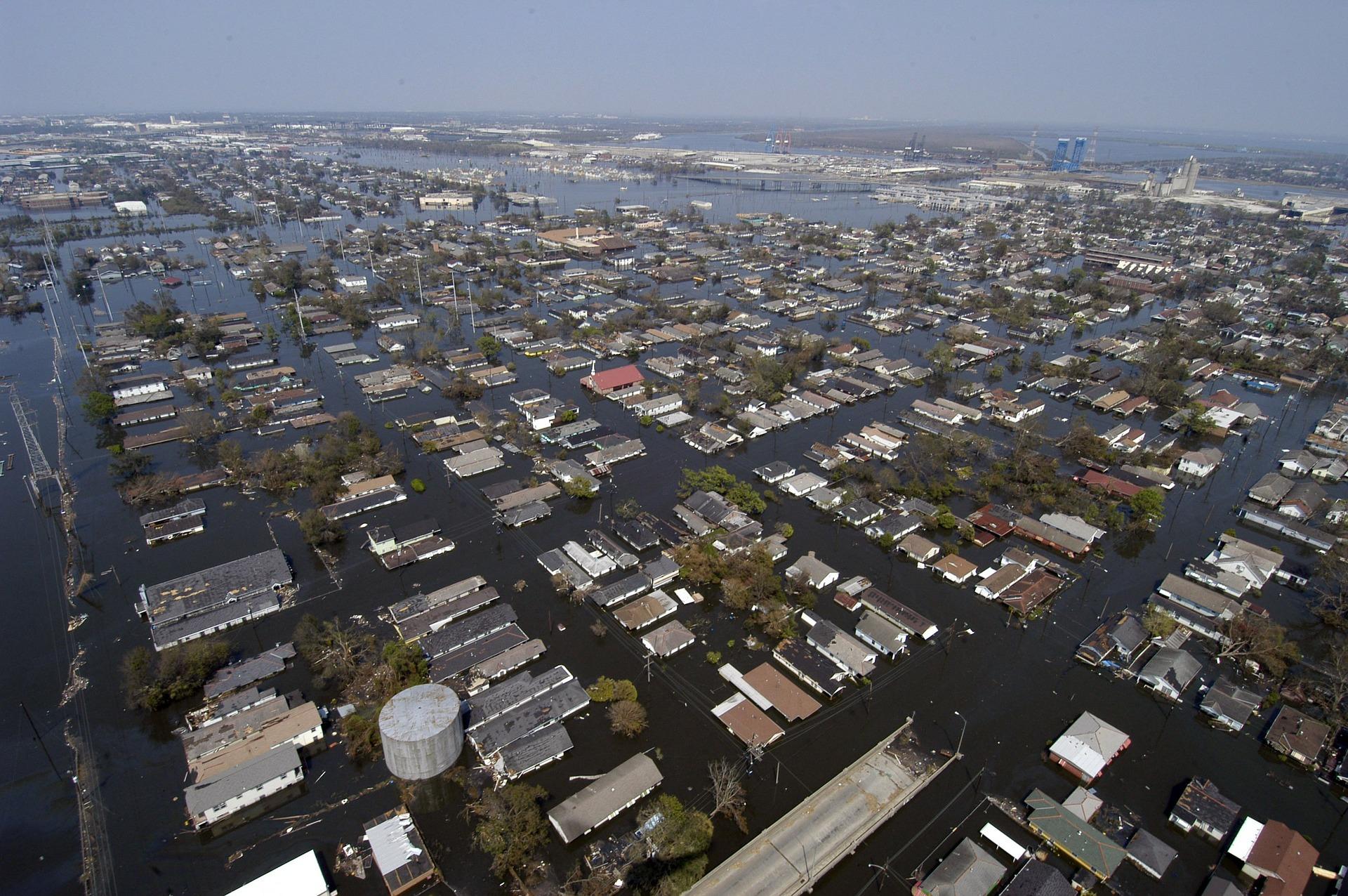Louisiana Creates Unique Plan To Save Its Coast By Diverting Mississippi River
Levees are built to help prevent the overflow of rivers and to save land from storm surges, but they've had a negative effect on Louisiana's wetlands. The state is creating divisions in these levees to bring needed sediment to marshes in order to restore land.
Updated May 14 2019, 4:33 p.m. ET
Louisiana’s coastlines are shrinking, and one intriguing way to fix the problem is certainly unconventional. In the past, one way the state has tried to decrease land loss is by building levees, but that's not without negative impact. To curb the issue before it’s too late, new restoration projects could actually use the Mississippi River itself to build up land.
How serious of an issue is this? For perspective, over the past century, Louisiana has seen a loss of 2,000 square miles of their coastline. Specifically over the past quarter century, wetlands have been dissolving at a pace of roughly one football field per hour. Over the past five years, it could even be quicker. Hurricanes and tropical storms can significantly impact that rate, and 2018 could feature an above-average season.
To put last year’s predictions into context, that was expected to be a down season, according to Colorado State climatologists. The median forecast between 1981 and 2010 was 12 named storms, and 2017 saw a record-breaking 17 of them. Louisiana was hit by a pair of hurricanes and a tropical storm, though with no deadly results.
Rising sea levels will cause more than 500,000 people to leave New Orleans within the 21st century according to a study by the University of Georgia. Across the United States, 13 million people will be affected and moving to different places. This would, in turn, create overpopulation for big cities in southern states like Austin, Dallas, and Atlanta.
"Most people move a short distance, and they like to go where there's economic opportunities or kin ties and a social network," Mathew Hauer, lead author of the study, told NOLA. "That's why people (in Louisiana) are less likely to go to, say Lincoln, Nebraska, and why many people would go to Austin, where there's a good economy and there are already family ties."
It sounds weird to add more water to a problem that involves sinking lands, but that’s exactly what’s needed for marshes to survive. Levees have a goal to prevent flooding from taking place, and they certainly prevent storm surges from destroying wetlands. However, they also prevent sediments from coming in, killing off these marshes and adding to coastline deterioration.
A way to fix this problem is by dividing the levees into sections, allowing the Mississippi River to flow through while still having enough protection from storm surges. By directing water to specific areas, this will allow sediments to build up and create land. The state is investing $1.3 billion into their first project, the Mid-Barataria Sediment Diversion, which should be running by 2025.
“This project will reconnect the river to the influence area and divert sediment, nutrients and fresh water to build new land, maintain existing marshes and increase habitat resiliency to sea level rise and storm events,” environmental organization Restore the Mississippi River Delta explains on the project page.
Some issues involved in this process are the objections by the commercial fishing industry, which the state of Louisiana thrives in. According to NPR, these diversions “could ruin the habitat and threaten their jobs.” An opinion piece in The Lens NOLA four years ago backs this claim and believes it’s too late to restore this lost land.
There are studies that back up the rapid loss of land when compared to what the river is building, which is why the state’s Coastal Protection and Restoration Authority is pushing projects to happen faster. Engineer manager Rudy Simoneaux concedes that it’s too late to restore the coastlines to what they were, but they’re still worth repairing.
Restore also argues that the fishing industry needs coastal restoration. They point to the harvesting of oysters, blue crab, and commercial shrimp, which Louisiana either leads or produces a mass amount for the country. There’s nearly $4 billion and over 50,000 jobs in the state when combining recreational fishing and the seafood industry.

